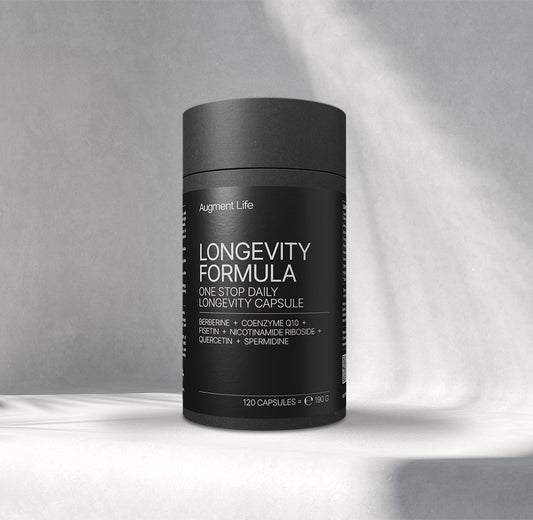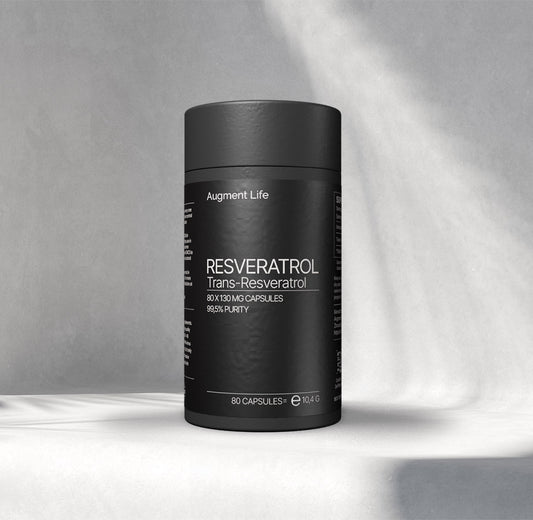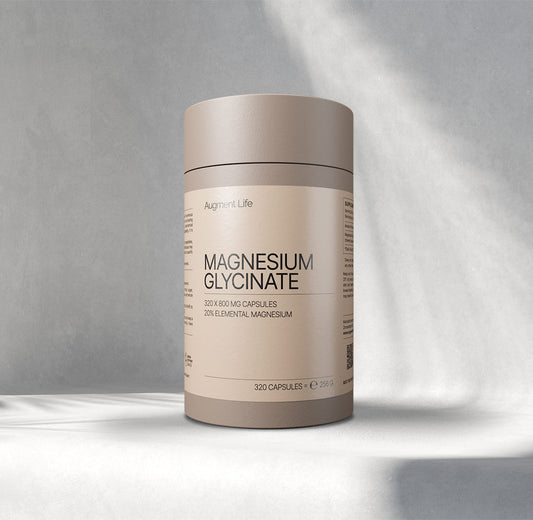Red yeast rice (RYR) has been in existence since ancient times in various countries in Asia. From being a coloring agent to a material used in the production of alcoholic beverages and fermented foods, it has already been revered for being a multi-functional and useful ingredient.1-4
In this day and age, however, red rice yeast has been sought-after for its medicinal purposes, mainly for its benefits in lowering cholesterol levels.
Continue reading to learn more about this ancient ingredient, its benefits, side effects, as well as its possible interactions to help you become well-equipped as you consider adding RYR to your daily dose of supplements.
What is Red Yeast Rice?
Red rice yeast is produced by fermenting rice using the red mold/yeast, Monascus purpureus (thus the name)5. Through the said yeast, rice is enriched with fungal secondary metabolites collectively known as monacolins– to which the mode of action is very similar to statins statins6or drugs that reduce the level of cholesterol in your blood and protect the insides of your arteries.7
It is widely available in the forms of capsule, tablet, and as a Chinese traditional folk medicine.
Red Yeast Rice - Health Benefits
It may help lower blood cholesterol levels.
Having the same active compound to drugs used for lowering cholesterol, red yeast rice may have the same indications as most statins, which is to manage different forms of cardiovascular diseases such as:
- hyperlipidemia,
- dyslipidemia,
- hypercholesterolemia,
- atherosclerosis.8
Several studies showed the benefits of RYR and decreasing cholesterol levels. In one study among 62 patients with dyslipidemia who cannot tolerate statin therapy, it was found that those who consumed 1800 mg of red yeast rice in combination with Therapeutic Lifestyle Change (TLC) program, had decreased LDL cholesterol after 24 weeks.9
In another study among Americans with hyperlipidemia, treatment of 2.4g/dL RYR plus the Step 1 diet of the American Heart Association which is a diet providing 30% of energy from fat, < 10% from saturated fat, and < 300 mg cholesterol daily significantly reduced total cholesterol, LDL cholesterol, and total triacylglycerol concentrations compared to the placebo group.10
It may reduce inflammation
Studies show that red rice yeast may help lower inflammation – critical in the onset of a cluster of conditions known as metabolic syndrome.11
Particularly, 50 patients with metabolic syndrome showed a decrease in levels of oxidative stress, which is a cause of inflammation.12
Red Rice Yeast - Side Effects
According to the US National Center for Complementary and Integrative Health, “Red yeast rice products that contain significant amounts of monacolin K can have the same potential side effects as statin drugs, including muscle, kidney, and liver damage. They may also cause digestive problems (such as diarrhea, nausea, and stomach pain) and other reported side effects.”
It is also said that it can have the same types of drug interactions as cholesterol-lowering drugs and therefore may interfere with certain medicines or increase the chance for side effects.13
Possible Interactions
Since red yeast rice is a natural source of monacolin K – the main component of most statin drugs to lower cholesterol– it can interact with:
- other cholesterol-lowering agents,
- some antibiotics,
- antidepressants,
- drugs for fungal infections,
- and HIV infection.14
|
A gentle reminder:
Before buying or taking a dietary supplement, talk with a healthcare professional—such as your doctor, nurse, registered dietician, or pharmacist—about the benefits and risks. Many supplements contain ingredients that can have strong effects in the body. Additionally, some supplements can interact with medications, interfere with lab tests, or have dangerous effects during surgery. Your health care professional can help you decide what supplement, if any, is right for you. Source: US Food and Drug Administration (2022).15 |
Final Words
Red yeast rice has been used for different uses as well as in decreasing cholesterol levels since ancient times. It contains monacolin K, an active compound used in cholesterol-lowering drugs – so make sure to seek the advice of your doctor before taking it.
References
- Su, Y. C. (1999). Traditional fermented food in taiwan: proceedings of the oriental fermented foods. Appl Microbiol, 1, 15.
- Nishitani, M., & Inagaki, M. (2009). Red Koji (Red Mold Rice) for Complementary and Alternative Medicine as well as for Health Conditioning. Japanese Journal of Complementary and Alternative Medicine, 45-51.
- Su Y. Characteristics of Monascus fungi and their usage. J. Brew. Soc. Japan. 1975;33:28–36.
- Endo A. History and recent trends about red koji and Monascus fungi. Ferment. Ind. 1985;43:544–552.
- Foods, Nutrients and Food Ingredients with Authorised EU Health Claims: Volume 2. (2015). ScienceDirect. https://doi.org/10.1016/C2014-0-01394-9.
- Pravst, I. (2015). Dietary supplement labelling and health claims. In Elsevier eBooks (pp. 3–24). https://doi.org/10.1533/9781782420811.1.3.
- Statins. (2022). British Heart Foundation. https://www.bhf.org.uk/informationsupport/treatments/statins.
- Sizar O, Khare S, Jamil RT, et al. Statin Medications. [Updated 2023 Feb 5]. In: StatPearls [Internet]. Treasure Island (FL): StatPearls Publishing; 2023 Jan-. Available from: https://www.ncbi.nlm.nih.gov/books/NBK430940/.
- Becker, D. J., Gordon, R. Y., Halbert, S. C., French, B., Morris, P. B., & Rader, D. J. (2009). Red yeast rice for dyslipidemia in statin-intolerant patients: a randomized trial. Annals of internal medicine, 150(12), 830–W149. https://doi.org/10.7326/0003-4819-150-12-200906160-00006.
- Heber, D., Yip, I., Ashley, J. M., Elashoff, D. A., Elashoff, R. M., & Go, V. L. (1999). Cholesterol-lowering effects of a proprietary Chinese red-yeast-rice dietary supplement. The American journal of clinical nutrition, 69(2), 231–236. https://doi.org/10.1093/ajcn/69.2.231.
- Reddy, P. A., Lent-Schochet, D., Ramakrishnan, N., Mclaughlin, M., & Jialal, I. (2019). Metabolic syndrome is an inflammatory disorder: A conspiracy between adipose tissue and phagocytes. Clinica Chimica Acta, 496, 35–44. https://doi.org/10.1016/j.cca.2019.06.019.
- Hermans, N., Van der Auwera, A., Breynaert, A., Verlaet, A., De Bruyne, T., Van Gaal, L., Pieters, L., & Verhoeven, V. (2017). A red yeast rice-olive extract supplement reduces biomarkers of oxidative stress, OxLDL and Lp-PLA2, in subjects with metabolic syndrome: a randomised, double-blind, placebo-controlled trial. Trials, 18(1), 302. https://doi.org/10.1186/s13063-017-2058-5.
- Red Yeast Rice. (n.d.-b). NCCIH. https://www.nccih.nih.gov/health/red-yeast-rice.
- Skalli, S., Wang, J., & Hugman, B. (2022). Pharmacovigilance of herbal medicines: The vigilance of tomorrow. In Elsevier eBooks (pp. 239–250). https://doi.org/10.1016/b978-0-323-85542-6.00001-9.
- US Food and Drug Administration (2022). FDA 101: Dietary Supplements. U.S. Food And Drug Administration. https://www.fda.gov/consumers/consumer-updates/fda-101-dietary-supplements.





